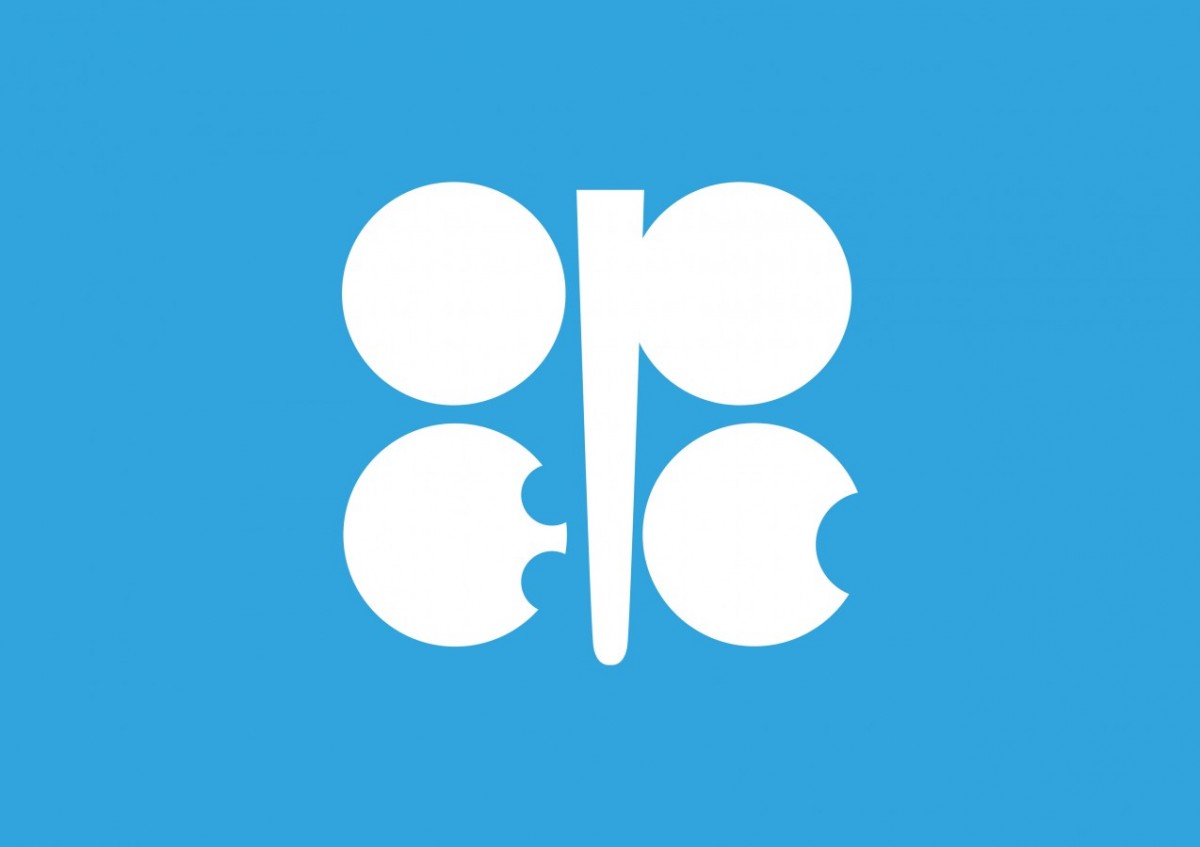OPEC+ Noise Begins
Energy
Oil prices came under some pressure yesterday, with growing talk over what OPEC+ may decide to do when they meet next week. However, the market managed to settle just marginally lower on the day. NYMEX WTI is trading higher this morning, following US inventory numbers from the API overnight. These showed that US crude oil inventories declined by 7.2MMbbls last week, while crude inventories at Cushing fell by 2.55MMbbls. If the EIA confirms a drawdown in crude oil inventories in its report later today, it would be the fifth consecutive week of declines. Meanwhile, refined products saw small builds, with gasoline and distillate fuel oil inventories increasing by less than 1MMbbls each. The tightening in the US market continues to support the WTI/Brent spread. This spread now trades at a discount of around US$1.80/bbl, levels last seen back in November. The prompt WTI timespread also remains firmly in backwardation. It is currently trading at a little over US$0.80/bbl, reflecting the tightness in the US market.

Pre-OPEC+ noise has already begun ahead of the meeting on 1 July, with OPEC+ reportedly discussing a further easing in output cuts from August. Unsurprisingly, Russia is apparently proposing to increase supply further. Given where the market is now trading, expectations are for the group to increase output. However, the bigger unknown is by how much. Under the current deal, the group can increase supply by a maximum of 500Mbbls/d per month. We would expect an increase of at least this amount from OPEC+, with anything less likely to be viewed as supportive. While a maximum increase of 500Mbbls/d is allowed under the deal, if the group is worried about an overtightening of the market, there is nothing stopping them from adjusting this level higher, or ignoring it altogether.
Finally, the latest data from India’s Ministry of Petroleum & Natural Gas shows that Indian refineries reduced their utilization rates from 96.82% in April to 92.37% in May, as a result of the most recent wave of Covid-19, which saw regional restrictions tightened. However, refinery activity over the month was still much higher than the 79.6% seen in May last year, when India was under a nationwide lockdown. With the worst of the latest wave now behind us, and fuel demand recovering, refinery activity should be trending higher.
Metals
China finally confirmed the first batch of its metals stock release plan yesterday. According to the National Food and Strategic Reserves Administration (formerly State Reserve Bureau), it will sell 30kt zinc, 50kt aluminum and 20kt copper via open auctions, which will be held on 5-6 July. If the SRB were to maintain the same tonnage over its monthly public auction during 2H21, then there would be 180kt zinc, 300kt aluminum and 120kt copper stocks released between now and the end of the year. The numbers came in below market expectations, which may have emboldened the bulls to come back during the Shanghai night session, and the exuberance spread across to London with most base metals bouncing higher. In addition, canceled warrants on LME aluminum soared 81kt yesterday, a 17-month high, which brings the total number to above 666kt. Theoretically, this suggests that there may be potential outflows from exchange sheds.
China’s Shandong province has vowed to tighten energy controls, it has ruled that new projects in 'polluting sectors' (aluminum, coal-fired power, oil refining and coking) will face stricter carbon emission standards. Another report states that the aluminum industry will have to swap smelting capacity at a ratio of 1:1.15, which suggests that for 1t of new capacity, it would require a 1.15t quota (the shutting down of 1.15t old capacity). This move is essential to compress aluminum smelting capacity in the region. In recent years, however, aluminum smelters from the region have relocated to Yunnan province, to benefit from hydropower in the area. However, an emerging challenge has been the unexpected drought in local water reservoirs, which has kept hydropower generation low; while high thermal coal prices have weighed on power supply from small generators. Smelters in Yunnan have been hit by power shortages since May.
Disclaimer: This publication has been prepared by the Economic and Financial Analysis Division of ING Bank N.V. (“ING”) solely for information purposes without regard to any ...
more


